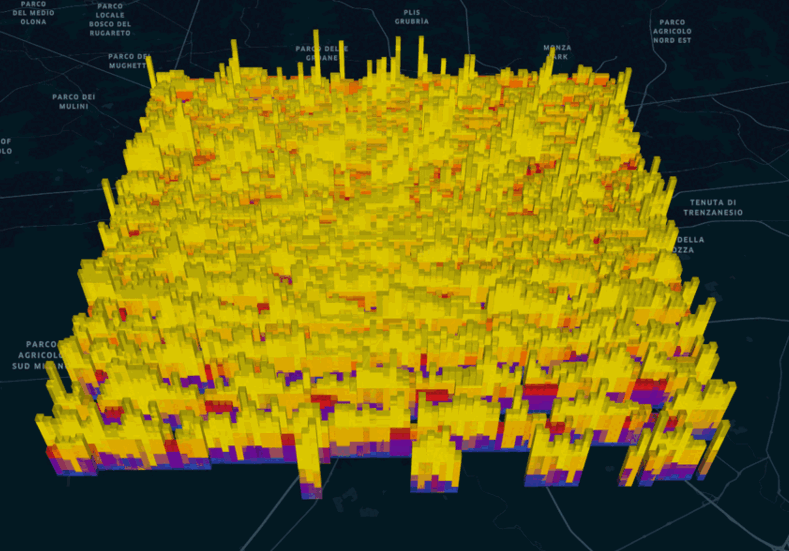
Why it matters Every year, millions of people are displaced due to natural disasters, armed conflict or other humanitarian crises. Every two weeks on average, a disaster displaces more than 100,000 people, and more than a million people every two months. When these disasters occur, decision makers need to rapidly locate populations and anticipate movements in order to provide targeted and strategic supplies and humanitarian relief. This is when basic information on the locations of affected people is unavailable. Understanding where people are, where they are going, and the routes they take to get there within countries is crucial to planning and implementing the appropriate interventions that a country needs.
And the value of mobility data goes beyond crisis response. They are helpful for rapid responses through longer term development challenges. Knowing the regular movements of people (how many people are moving and their frequency of movements) can inform a country’s planning of new investments or resources. Understanding routine mobility ‒ for example linked to seasons or lifestyles ‒ can help determine the best time and place to reach specific communities across a country.
The information generated by analysing population movements can provide useful insights to decision makers, applicable for a wide range of contexts, including disaster management, public health (including epidemiology), urban planning, service coverage assessment and service placement optimisation, migration and displacements, and much more.
Data from Mobile Network Operators (MNOs) can be analysed in near real-time and provide an overview of mobility patterns at local and regional levels, or across an entire country. MNOs collect several types of data to record their customer or network activities, and Call Detail Records (CDRs) are the most commonly analysed for humanitarian and development purposes. Using anonymised and aggregated CDR data, governments and decision makers can be provided with timely mobility analyses.